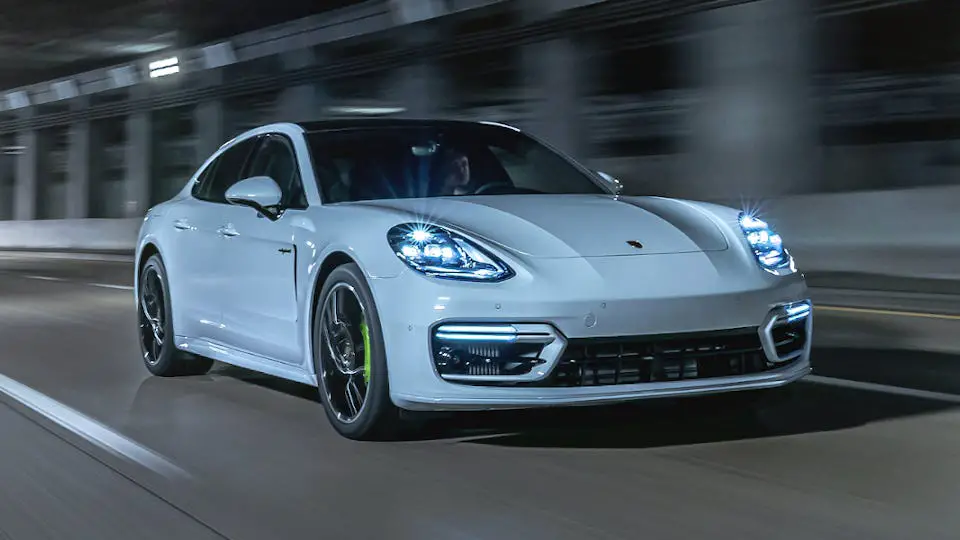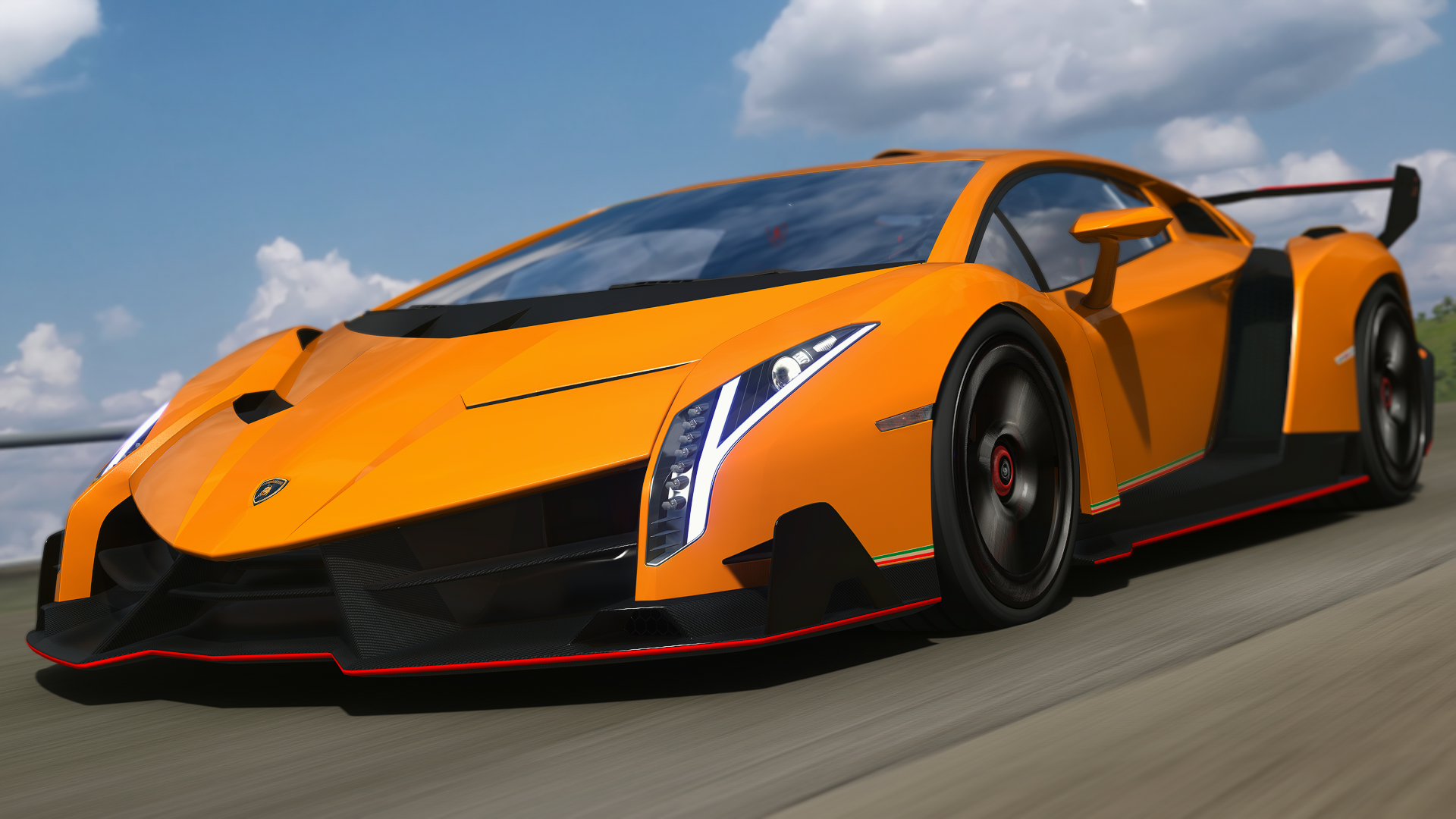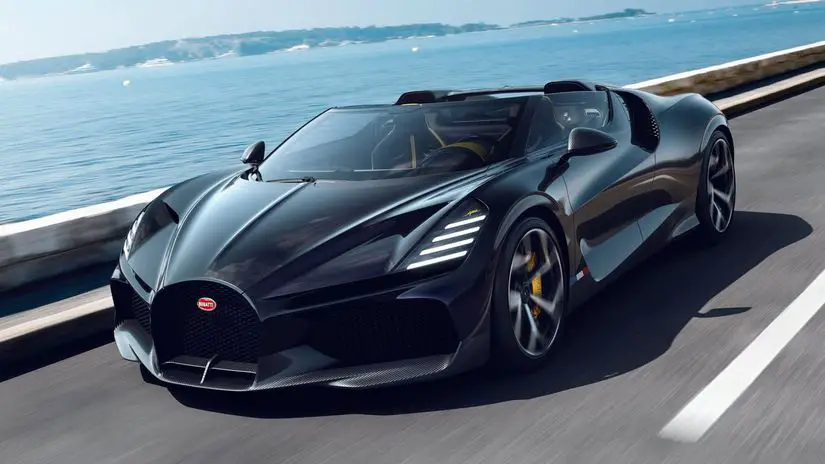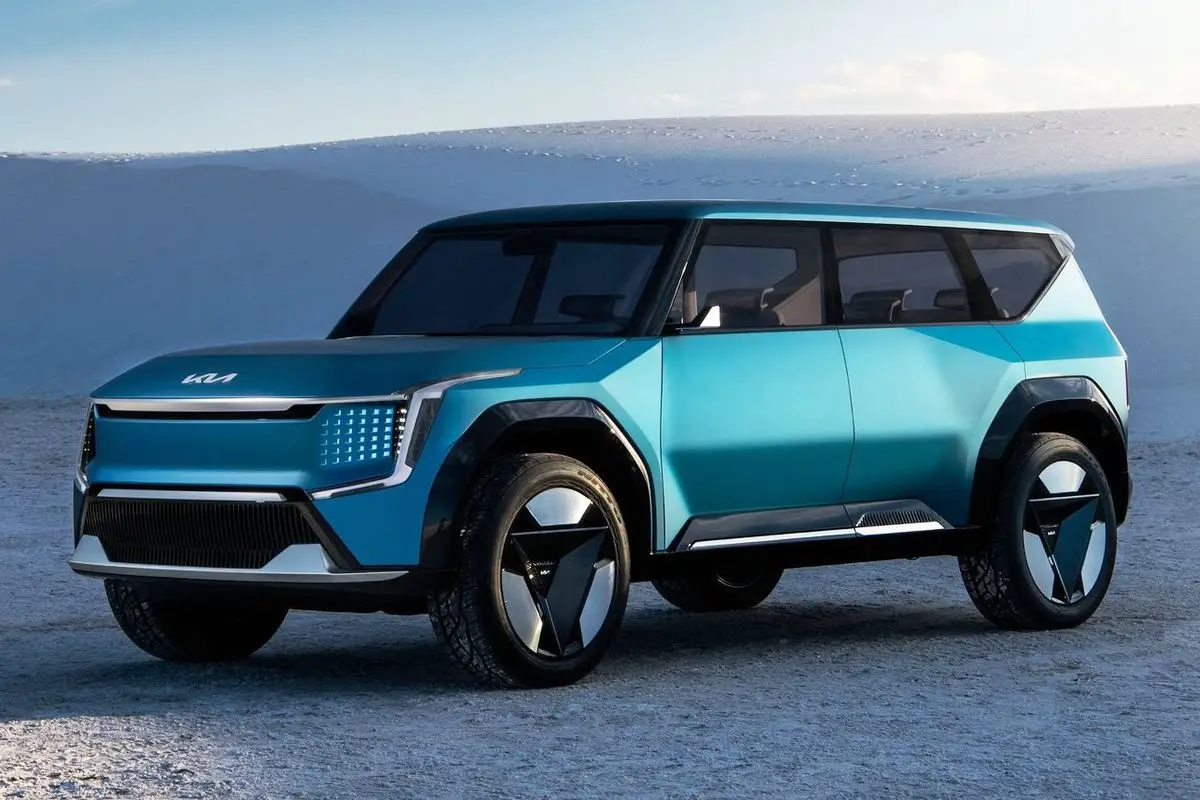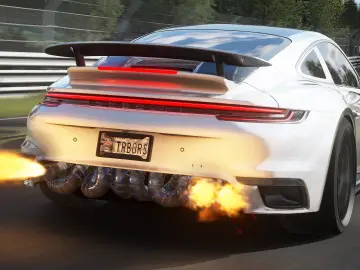The electric Panamera will be available alongside the current gasoline-powered and plug-in hybrid variants.
Porsche is preparing to introduce a second generation of the wildly successful Porsche Taycan EV, which will be paired with an electric version of the Porsche Panamera as part of a new "electrified luxury" initiative that will see the introduction of up to six electric models by the end of this decade.
Porsche is developing a sportier version of the Volkswagen Group's Scalable Systems Platform (SSP) for both new electric vehicles.
The so-called SSP Sport structure is based on the SSP architecture that will underpin other, more volume-focused electric Volkswagen Group cars. However, it will be integrated with "Porsche-specific modules," as stated to Autocar.
Porsche is pushing for the new SSP Sport platform to feature a low cabin floor, thanks to a slimline battery pack, and rear footwells (or foot garages, as they're known at Porsche) akin to those of the J1 platform used by the current Taycan.
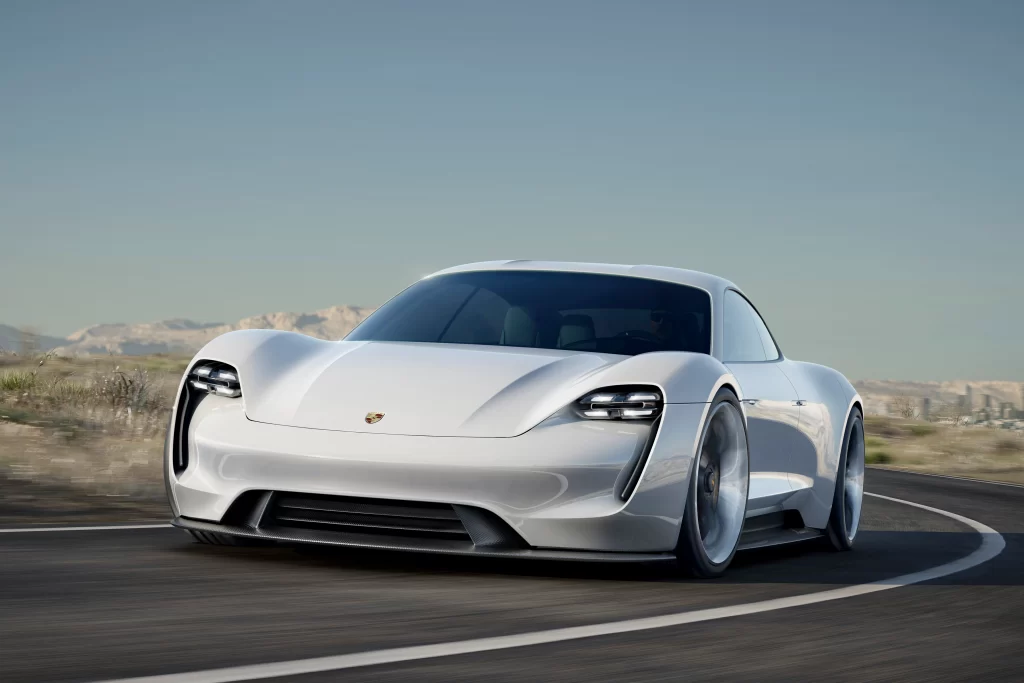
These are also stated as essential to giving the electric Panamera with comparable packaging to the existing model and a low center of gravity for improved performance.
The electric Panamera will be available alongside the current gasoline-powered and plug-in hybrid Panamera models, all of which are built on Porsche's MSB platform. The engineering for the electric Panamera is identical to that of the upcoming 2027 Taycan.
Panamera EV development is still in its infancy, but it is speculated that its wheelbase and overall length will be comparable to those of the existing long-wheelbase Panamera offered in China (3100mm and 5199mm).
In terms of size, this would put it in direct rivalry with the Mercedes-AMG EQS 53 and Lucid Air.
Comparatively, the existing Taycan has a 2900mm wheelbase and a length of 4963mm, and the successor is projected to have comparable dimensions; thus, the two models will differ in size.
Although the electric Panamera and second-generation Taycan will use the SSP Sport platform, the forthcoming electric Porsche Macan and Porsche Cayenne SUVs will use the Premium Platform Electric (PPE), which Porsche and Audi are developing together.
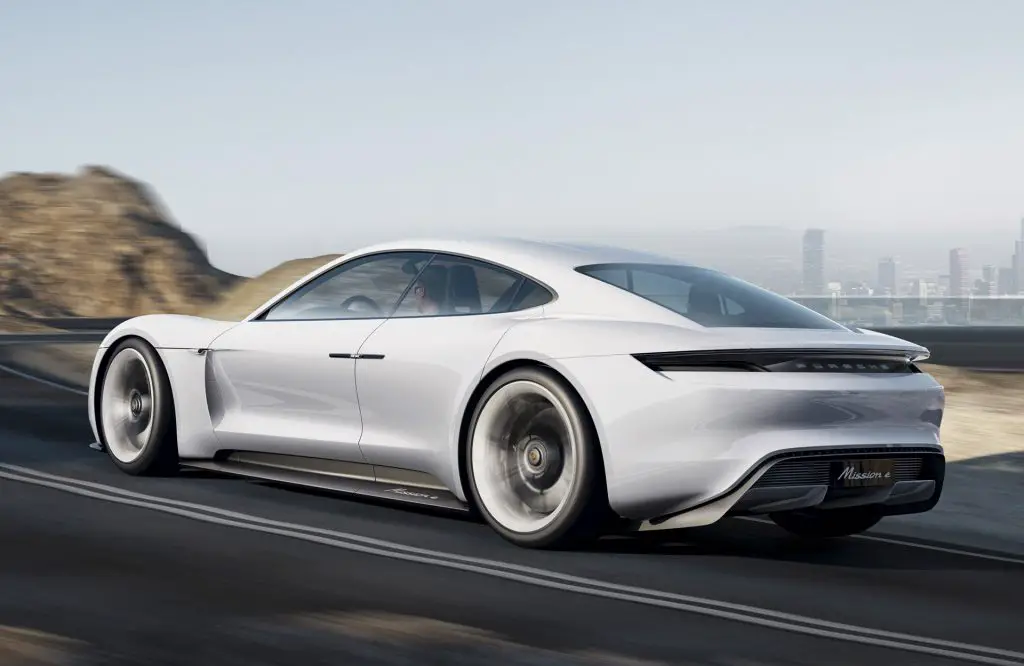
The first vehicle based on the SSP Sport platform will be Porsche's recently announced seventh model line: a five-metre-plus, seven-seat SUV that would launch "near the middle of the decade."
This is also the location where Porsche sources indicate the Panamera EV will be manufactured. The premium electric liftback will be available with either a single or dual-motor drivetrain.
It will also receive a further-developed 800V battery with what Autocar has been told is a more energy-efficient cell technology and an anode with a greater silicon content than that now utilized by Porsche.
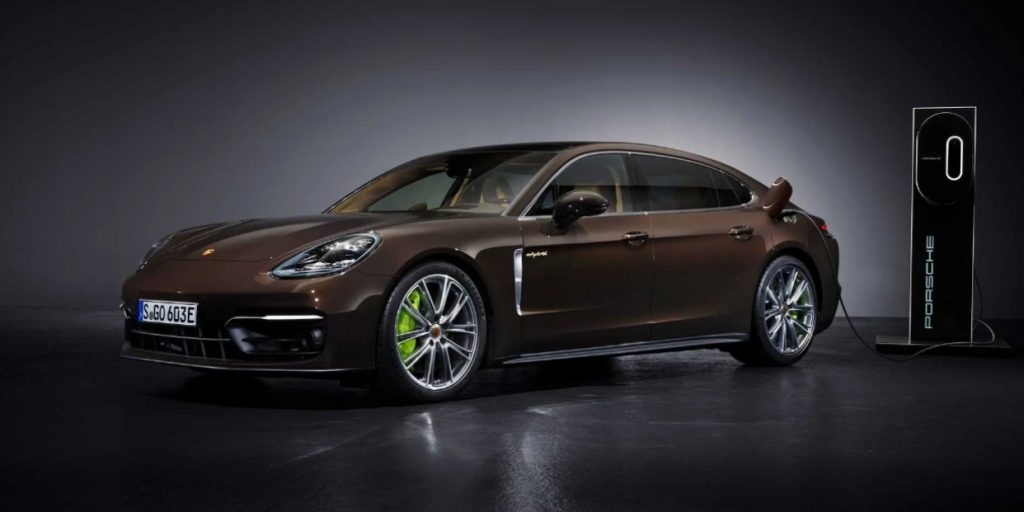
Oliver Blume, CEO of Porsche, commented on the plan to expand on the success of the Taycan with an electric version of the larger Panamera: "We're targeting higher-margin categories in particular and hope to tap into new sales potential this way."
The two new electric Porsche models will share key structural, drivetrain, and chassis components, as well as a newly developed electrical architecture designed to support level-three autonomous driving functionality, 5G-enabled digital features, and an operating system developed in collaboration with Porsche's parent company, the Volkswagen Group's Cariad software division.
In 2023, the electric Panamera will be introduced with a refreshed version of the current second-generation vehicle. According to Porsche sources, it will be produced until 2030 on an extended model cycle, giving consumers the option of standard ICE, plug-in hybrid, or electric power, depending on the market and legal environment.
The new emission-free Panamera will have a design identical to its ICE and PHEV brothers. This strategy is identical to that of the Macan and Cayenne, which are scheduled to go electrified in 2024 and 2025, respectively.
